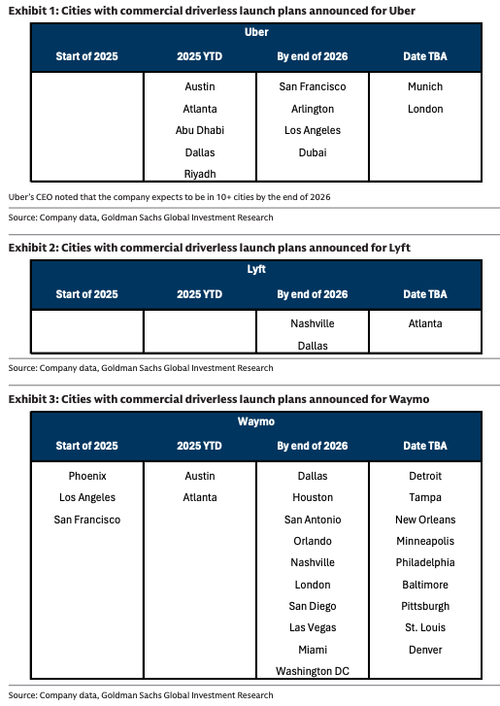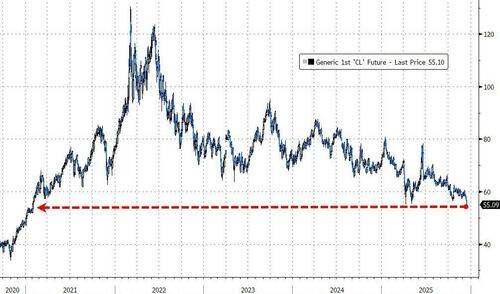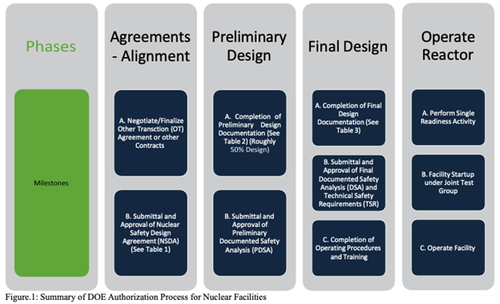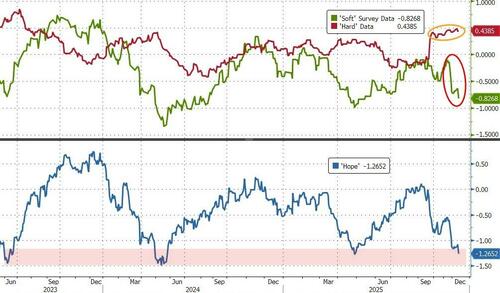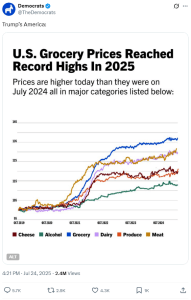(Image explained in previous post — grocery inflation spiked years ago and has not relented)
An AP-NORC poll questioned Americans about their main cause of financial stress. Over half (53%) of respondents cited rising food prices as their main stressor, with 19% admitting to deferring payments to afford groceries.
The cost of housing was a close second at 47%, followed by the amount of money in savings (43%) and wages (43%), and healthcare was close behind (42%).
Buy Now Pay Later services are on the rise, with 3 in 10 of respondents reportedly using this deferred payment option for essentials. Around 29% said that credit card debt has become their top financial problem, with other studies showing that more Americans are using credit card to purchase the basics like groceries.
The New York Federal Reserve reported that total US household debt rose by $185 billion in Q2 2025 to $18.39 trillion. When people are forced to borrow to eat, the issue becomes deeper than inflation, as it is a sign of government failure. Civil unrest does not occur when the people are fat and happy.
Rising food insecurity could be used as a dangerous political weapon to usher in programs such as price controls, UBI, or a bloated welfare state. They will use the food crisis to usher in greater control. A hungry population is the easiest to manipulate. Food prices declined by 0.1% in July on a monthly basis, which means absolutely nothing. Food prices are a glaring example of how weather, geopolitics, and domestic policies have beaten the so-called inflation “soft landing” narrative. This won’t fade in 2025 as it’s set to persist through 2027 unless the public confronts the real causes.

